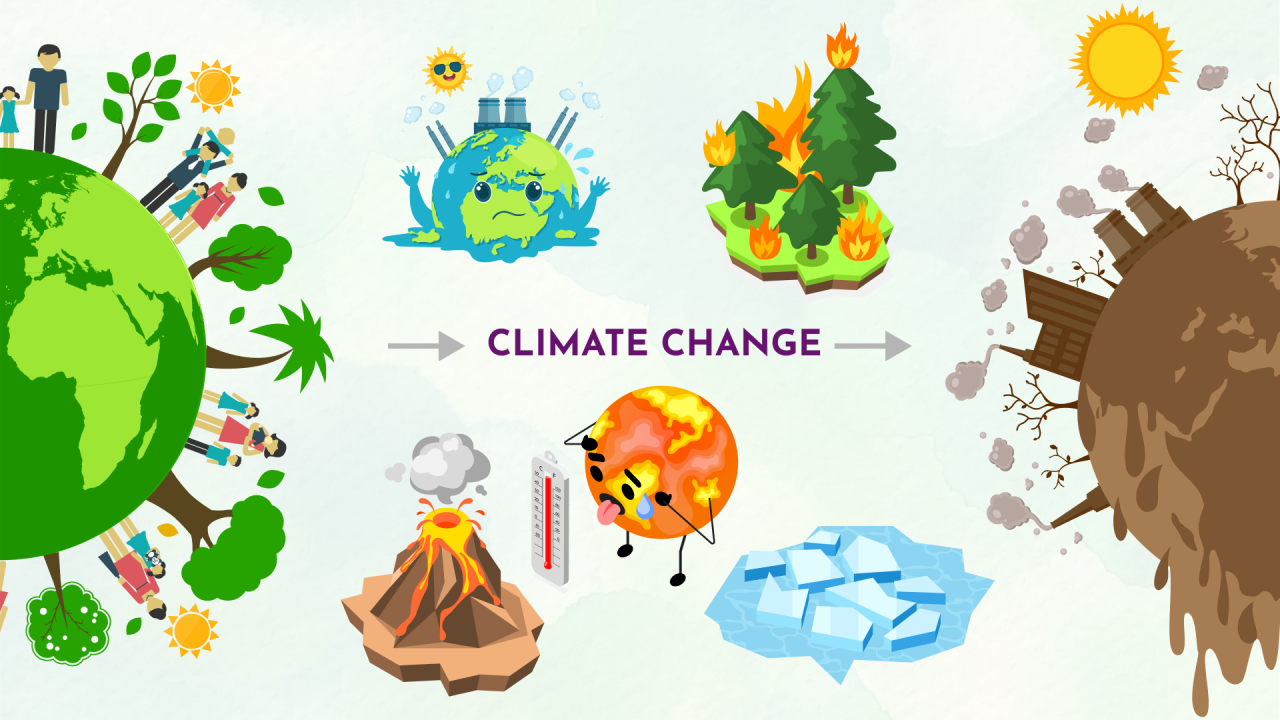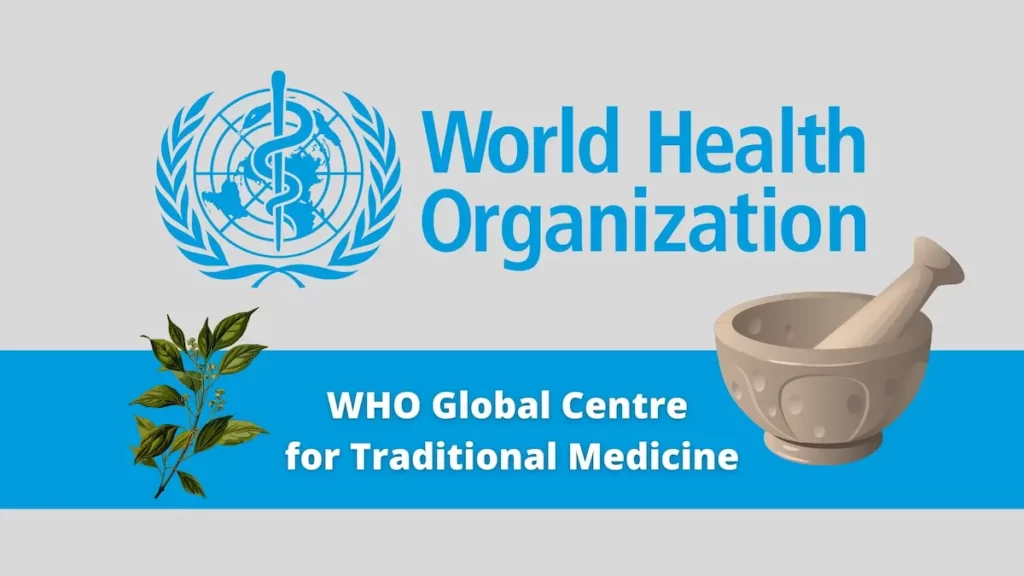Font size:
Print
World Health Organisation
Context:
77 Years of the World Health Organisation.
About:
- The World Health Organisation (WHO) is a specialised agency of the United Nations dedicated to advancing global health.
- Established on 7 April 1948, WHO connects nations, partners, and people to promote health, safeguard populations, and serve vulnerable communities worldwide.
- Its mission is to ensure that everyone, everywhere, can attain the highest level of health.
Formation of WHO:
- The idea for a global health organisation emerged during the 1945 United Nations Conference on International Organisation, where delegates from China, Norway, and Brazil discussed the need for an international health body.
- The WHO Constitution was signed by 51 UN member states and 10 other countries on 22 July 1946, and came into force on 7 April 1948, marking the first World Health Day.
- WHO’s initial priorities included combating malaria, tuberculosis, sexually transmitted infections, improving maternal and child health, nutrition, and environmental hygiene.
Major Functions of WHO:
- Universal Health Coverage: Expanding access to essential healthcare services and promoting equitable health systems.
- Health Emergency Response: Coordinating responses to global health emergencies like pandemics and natural disasters.
- Health Promotion: Advocating for healthier lifestyles across all age groups.
- Research and Policy Development: Using science-based policies to address global health challenges.
- Monitoring Health Trends: Compiling accurate statistics on diseases and morbidity for informed decision-making.
Essential Initiatives by WHO:
- Triple Billion Targets:
-
- Achieving universal health coverage for one billion more people.
- Protecting one billion more people from health emergencies.
- Ensuring one billion more people enjoy better health and well-being.
- Global Action Plan for Healthy Lives:
- Strengthening collaboration among multilateral organisations to accelerate progress towards the Sustainable Development Goals (SDGs).
- Promoting gender equality and addressing the needs of marginalised populations.
- Enhancing shared accountability by reviewing progress collectively.
- Emergency Health Appeals:
- Responding to humanitarian crises caused by conflicts, climate change, or infectious diseases.
- Providing trauma care and maintaining essential health services during emergencies.
- Mobilising resources to address ongoing global health emergencies.
- Primary Healthcare Promotion:
- Establishing effective and sustainable primary healthcare systems as a cornerstone for achieving universal health coverage.
- Addressing inequities in access to healthcare services globally.
- International Health Regulations (IHR): It provides a legal framework for managing public health risks that cross borders. Member States are required to:
- Strengthen national public health capacities for surveillance, preparedness, and response.
- Develop implementation plans tailored to their priorities.
- Maintain these capacities over time.
- WHO supports countries through guidance, toolkits, and training programmes. It also monitors IHR compliance via the Global Health Observatory.
- Disease Eradication Initiatives:
-
- Polio: Targeted for global eradication by 2026 through vaccination campaigns.
- Yaws: A bacterial infection targeted for eradication by 2030.
- Dracunculiasis (Guinea Worm Disease): Near eradication with certification processes at country and global levels.
- Smallpox: Successfully eradicated in 1977 after a decade-long campaign
Funding:
- WHO generally receives a chunk of its funding from countries like the US (withdrawn), the UK, and Germany.
- Two Major Funding:
- Assessed Contributions (ACs): Compulsory dues paid by Member States based on their economic capacity.
-
- Fully flexible funds that allow WHO to allocate resources according to strategic priorities.
- Voluntary Contributions (VCs):
-
- Non-compulsory funds from Member States, philanthropic foundations (e.g., Bill & Melinda Gates Foundation), and other organisations (including private players).
- Often earmarked for specific programmes, which can limit flexibility.
- Additionally, WHO receives in-kind contributions such as medical supplies or services
Recent Challenges Faced by WHO:
- COVID-19 Pandemic: The pandemic exposed systemic inequalities in healthcare systems worldwide and tested the WHO’s ability to coordinate global responses effectively.
- Withdrawal of the US: The United States’ withdrawal from WHO in 2025 posed significant challenges as it was the largest donor. Impacts included:
- Funding shortages are affecting programmes like polio eradication and vaccine distribution.
- Disruption in pandemic preparedness agreements due to reduced collaboration.
- Loss of US expertise and resources in global health initiatives
- Healthcare Workforce Shortages: A growing shortage of trained professionals has strained healthcare systems globally.
- Climate Change: Increasingly frequent climate-related disasters have amplified public health emergencies, requiring urgent action.
- Funding Gaps: Limited financial resources have hindered the ability to address escalating demands for healthcare services.
- Mental Health Crisis: Rising cases of mental illnesses demand greater attention and resources from global healthcare systems.
- Supply Chain Issues: Disruptions in medical supply chains have impacted access to essential medicines and equipment.


